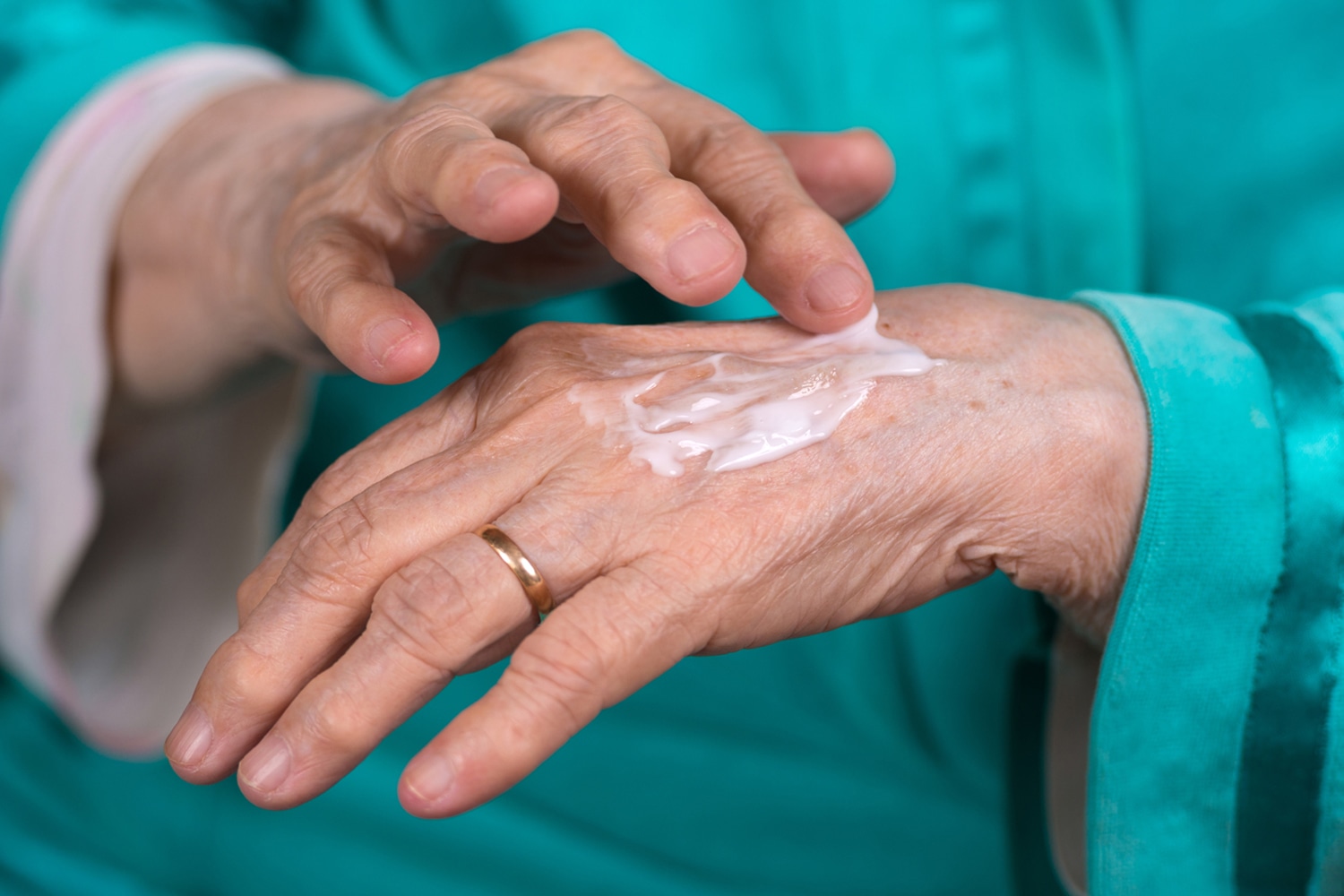CANCER TREATMENT commonly causes skin-related side effects, including dryness, itchiness and rashes. Besides being uncomfortable, dermatological issues can also increase the risk of infection. More serious cases may require cancer treatment to be put on hold. Fortunately, there are measures you can take at home to prevent or manage effects to your skin.
Skin cells divide rapidly, making them vulnerable to damage from chemotherapy and targeted therapies, says dermatologist Mario Lacouture, director of the Oncodermatology Program at Memorial Sloan Kettering Cancer Center in New York City. Skin that is exposed to radiation can become inflamed.
Although skin issues are common, the worst side effects are preventable or treatable. “Even though the majority of patients will experience some type of dermatologic side effect, the majority of these can be treated or minimized so that the quality of life is minimally affected,” Lacouture says.
Lacouture advises that people start practicing gentle skin care as soon as they begin cancer treatment. He recommends avoiding fragrances found in products such as soaps and laundry detergents, which can inflame or dry the skin. Don’t trust an “unscented” label: Read the ingredients list to check that no fragrances are included. He also recommends protecting yourself from the sun. There is no need to avoid going outside, but you should wear protective clothing and apply sunscreen of at least sun protection factor (SPF) 30 to all exposed areas of the body every two hours, or every hour if swimming or sweating. Avoid long hot showers and baths, pat rather than rub yourself dry with a towel, and moisturize twice per day.
Prevention is key when it comes to dryness and irritation, but if you notice changes in your skin, talk to your cancer care team early. They should be able to treat most problems, Lacouture says. In some cases, you may need to see a dermatologist. If you do, make sure that your skin care provider communicates frequently with your cancer care team.
Cancer Today magazine is free to cancer patients, survivors and caregivers who live in the U.S. Subscribe here to receive four issues per year.





